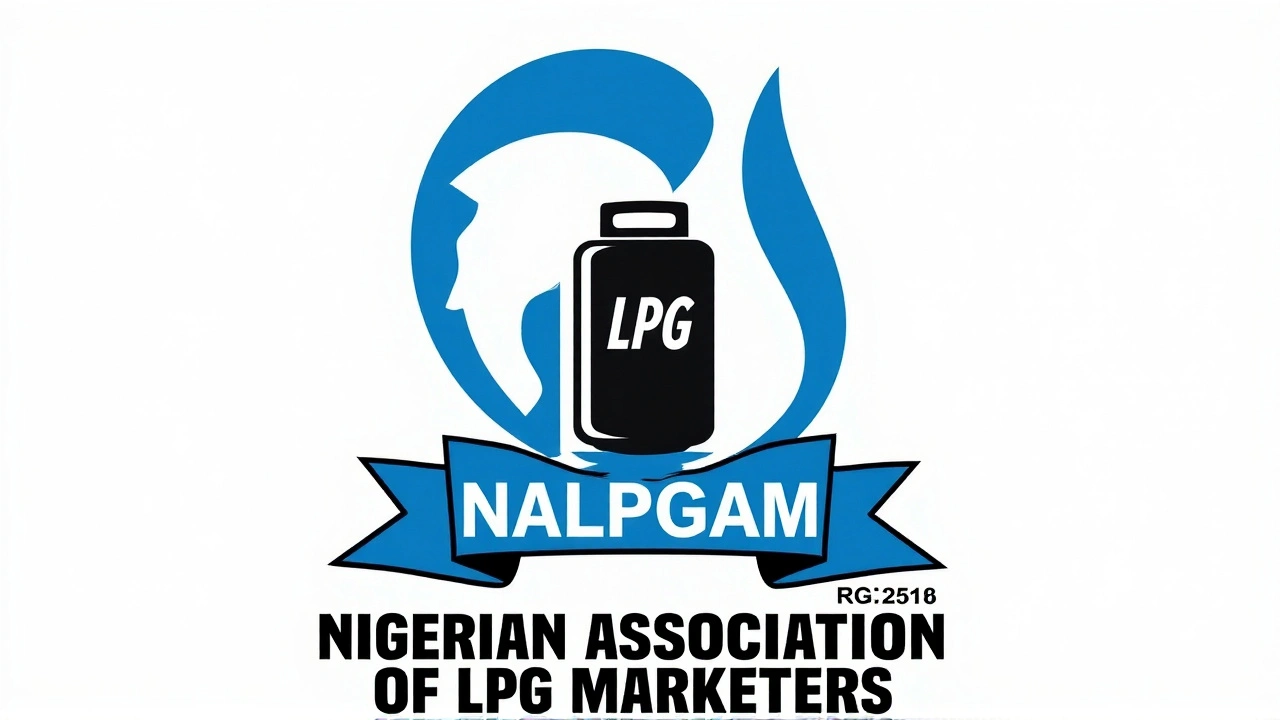Cooking Gas Scarcity: What’s Behind the Shortage and How to Cope
When talking about cooking gas scarcity, the chronic shortage of LPG for domestic cooking that forces people to queue, pay higher prices, or switch fuels. Also known as LPG shortage, it stems from disrupted supply chains, price spikes, and policy gaps. Understanding this issue helps you plan smarter and avoid the daily hassle of empty cylinders.
Why Supply Chains Break Down
One key driver is the broader energy supply, the network of production, transport and distribution that moves fuel from refineries to homes. When any link falters—like a refinery shutdown or a port delay—the ripple reaches your kitchen. A recent OPEC+ decision to boost crude output by 432,000 bpd OPEC+, the cartel of oil‑producing nations that also influences LPG markets temporarily eased global price pressure, but it didn’t fix local bottlenecks. In many African nations, the effect of OPEC+ moves is filtered through local distributors, making the impact uneven. Cooking gas scarcity therefore encompasses supply disruptions, price volatility, and regulatory lag. It also requires consumers to consider backup options while governments tighten import rules.
Another factor is the rise of power cuts, planned or unplanned electricity outages that increase reliance on gas for cooking and heating. When Kenya Power announced extensive load‑shedding in Machakos and Kiambu, households rushed to stock up on LPG, tightening an already thin market. This surge in demand influences gas availability and pushes prices up, creating a feedback loop where electricity problems amplify gas shortages. The same pattern repeats across the continent: when the grid falters, the kitchen turns to gas, and the limited supply struggles to keep pace.
Given these pressures, many families turn to alternative fuels, energy sources like bio‑ethanol, charcoal, solar cookers, or electricity‑based induction plates that can replace LPG. Each option has trade‑offs. Bio‑ethanol burns clean but requires reliable supply chains; charcoal is cheap but harms the environment; solar cookers need sunlight and upfront investment; induction plates need stable electricity, which circles back to the power‑cut issue. Choosing the right alternative depends on local availability, cost, and cooking habits. Governments can ease the strain by subsidising clean alternatives, streamlining import permits, and investing in storage infrastructure, thereby influencing the overall resilience of the cooking energy sector.
All these pieces—global oil politics, local electricity reliability, and the search for substitutes—tie together in a complex web that defines cooking gas scarcity across Africa. Below you’ll find a curated set of articles that dig into each angle: from OPEC+ policy shifts and power‑cut schedules to practical tips on managing LPG use and evaluating alternative fuels. Dive in to see how the broader energy picture shapes your daily cooking routine, and pick up actionable ideas you can apply today.

Dangote Cuts LPG Price to N760/kg, Relieving Nigeria’s Gas Crunch
Dangote Petroleum Refinery slashes LPG to N760/kg, easing Nigeria's cooking‑gas crisis as the NNPC and industry leaders hail the relief amid supply disruptions.




